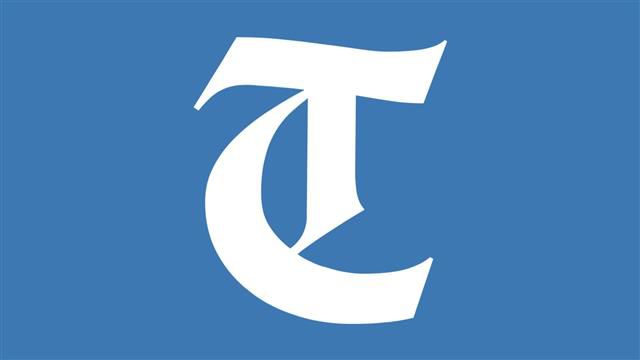Indervir Grewal
Tribune News Service
Bhubaneswar, December 8
The German team arrived in Bhubaneswar only three days before the Champions Trophy began. They had had a five-day camp back home before coming here, hardly enough for a major tournament. “The club indoor league finished on November 23; it's a commitment we can't afford to miss,” explained German captain Moritz Furste.
Hockey is an amateur sport. Unlike in India, where it's generally a means to get jobs, the life of an average hockey player in Europe doesn't revolve around the game alone. When one isn't playing, he's studying... to get a job because hockey doesn't
Pay enough.
“Most hockey players study or work, sometimes both, alongside playing,” says Christopher Ruhr of Germany. The 20-year-old adds that sometimes they even have to study during tournaments. “Sometimes we go back from a tournament and write exams within days.”
In India, hockey players can get jobs in banks or Railways. Not in Germany, though. “Hockey helps in building contacts which helps in getting jobs,” said the 2013 FIH young player of the year.
Germany has a strong national league and most of these players play for different clubs. Do the clubs pay enough? “For somebody my age, when you are studying — yes. But it's not enough to support a family.” Doesn't the work and studies affect training? “Yes, we don't get as much time for training as the players in India.”
Laurent Toussaint, a hockey journalist from Belgium where the situation is similar, explains further. “In Belgium, players train with the national team on Mondays and Tuesdays. On the other weekdays they train with their clubs and play the league during the weekends,” says Toussaint, who works for the French language newspaper Le Soir.
“In a year they have two training camps during the off season - around three weeks in winters and around a month or more after the season ends in April. Before major events, World Cup or Olympics, they have a two-month camp.”
Toussaint adds that along with salaries from the clubs, players also get money from Belgium's hockey federation. But it is not enough. “Most players in Belgium quit playing around the age of 26-28, so the team is usually very young. Very few players make a living from hockey.”
Tom Boon is one such example. The 24-year-old plays for Bloemendaal, one of the most successful Dutch clubs. He recently became the costliest player in Hockey India League, bought by Dabang Mumbai for a whopping price of $103,000. Initially the federation denied him the permission but he told the officials he needed the money.
Other players have to study and find work. Jerome Truyens, 27, who captained Belgium at the 2012 Olympics and has missed the Champions Trophy due to an injury, works for a financial group back home. The current captain, John-John Dohmen, 26, is in his final year of studying Osteopathy at University of Brussels.
The players who can get into the bigger clubs in Netherlands or Germany do well for themselves. “Belgium doesn't have very big clubs. In Netherlands, it's a bit better. There is scope for endorsement for the more famous players. Some are hired as brand ambassadors by big companies,” adds Toussaint.
So what is the inspiration to play hockey? “To win the Olympics gold,” pat comes the answer from a smiling Ruhr.
Unlock Exclusive Insights with The Tribune Premium
Take your experience further with Premium access.
Thought-provoking Opinions, Expert Analysis, In-depth Insights and other Member Only Benefits
Already a Member? Sign In Now










